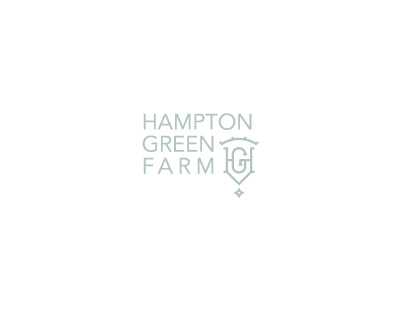Part 1--November 14, 2008
[nbsp] These economic times are difficult, and yet we continue to receive inquiries about purchasing PRE horses. There are some basic realities about the PRE breed that affect its availability and its price. This posting is the first in a short series about the PRE Horse market that answers a lot of the questions that people often ask in their initial consideration of an investment in a PRE Horse from Hampton Green Farm:
[nbsp]
The Cost of a PRE Horse for Dressage:
| a. | A good PRE is hard to find and is not cheap. PRE horses are still very rare in the dressage world, and a good one with a decent show record is rarely for sale on either side of the Atlantic. The PRE Horse is the world’s newest emerging sport horse, and the most athletic examples of the breed are in high demand. By comparison, a warmblood generally costs less, due to supply and demand as well as another very important factor: the PRE horse’s natural aptitude for Grand Prix movement. (More on this in Part II.) |
| b. | For the past two years, the Dollar to Euro exchange has been prohibitive for most people to purchase a PRE from Spain. For this reason, we have not recommended or imported as many trained PREs from Spain as we did in prior years. Also, many prospective buyers thought that a PRE horse from Spain would be a bargain and were surprised to find that the market there was quite healthy following the Athens Olympics when Spain’s dressage team captured the Silver Medal. From that time on, prices for good horses with dressage potential were comparable to the rest of Europe. Today’s market in Spain is somewhat depressed and the Euro has come down a bit relative to the Dollar, but top quality horses continue to bring big prices, as in the States and all of Europe. |
| c. | US-bred PREs cost more than other American-bred horses. The PRE horse has been bred and shown in the United States since the 1960s for competition in several national halter circuits, in the same ways that breeders have bred and campaigned Arabian and Quarter horses. For many years, this breeding community of PRE breeders has worked to develop bloodlines to meet the strict and beautiful morphological (conformational) standards held by Spain for their national horse. Functionality—in particular, movement that is conducive to dressage performance-- has only recently become a priority to the American PRE community in general. As in Spain, where breeders began selecting for dressage-type movement about 15 years ago, signs of progress are coming quickly, as the traditional (historical) PRE horse needed to make only slight changes in its gaits to become a suitable dressage horse for most riders. Since PRE horses are in demand as objects of beauty as well as competitive riding horses, their values have remained high. For example, weanlings from top US halter breeding lines (not necessarily dressage competitors) will sell for $20,000.00 or more. |
[nbsp]
[nbsp] In consideration of both price and proven sport horse bloodlines, the majority of HGF clients opt to select young stock from the Michigan breeding facility. HGF continues to have a healthy sales record, in spite of the financial times. Currently, all foals (colts and fillies) from 2006 and older have been sold.
[nbsp] In the next part of this series, we describe the young horse program at HGF and the advantages to selecting your next dressage horse from the fields of young horses at HGF Michigan.
[nbsp]






